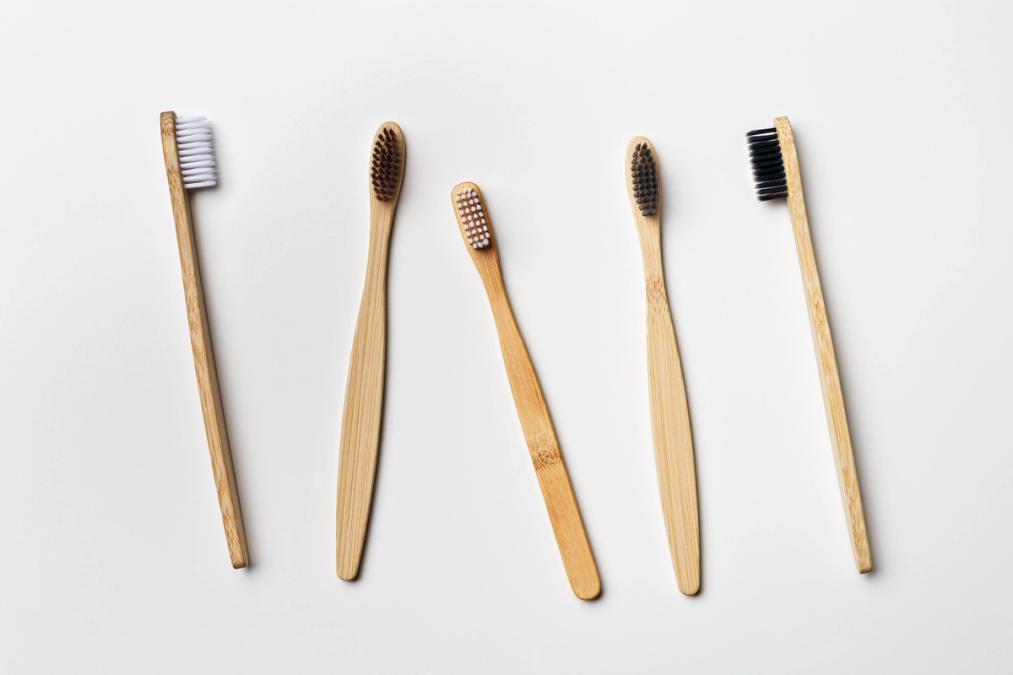
Call Now
509-492-2051
Published on Jun 23, 2025 | 6 minute read

Let’s clear the air on something most of us have been warned about since childhood: cavities. We’ve heard they’re bad. We know they mean drills, fillings, and maybe a lecture about sugar. But what are cavities really? Are they just tiny holes in your teeth—or are they symptoms of something deeper going on?
If you’ve ever wondered what’s happening when a cavity forms—or if there’s any way to avoid them completely—you’re not alone. Let’s break it all down in plain, non-scary terms.
First, let’s define the basics. A cavity is a damaged area on the surface of a tooth that develops into a tiny hole or opening. It’s caused by a process called tooth decay, which occurs when the hard outer layer of your tooth—called enamel—is worn down by acid-producing bacteria.
Here’s how it happens step-by-step:
Even small cavities can grow quickly without treatment, and once the decay reaches the tooth’s nerve, things get a lot more painful and complicated.
Cavities don’t always announce themselves right away. In fact, early decay might have zero symptoms. That’s why regular dental checkups are so important. But when symptoms do show up, they might include:
Cavities can occur in different areas—on the chewing surface, between teeth, or even near the gumline. Each location presents its own challenge and risk.
The short answer? Just about everyone. Cavities are one of the most common chronic conditions worldwide, affecting people of all ages.
But some folks are more prone than others. Risk factors include:
Even genetics can play a role. Some people naturally have deeper grooves in their teeth that trap food and bacteria more easily.
Here’s the good news: most cavities are preventable with a few simple, consistent habits. You don’t need a complicated routine—just some basics done really well.
Brush twice a day with fluoride toothpaste for two minutes. Focus on every surface of each tooth and don’t forget your tongue.
Yes, every day. Flossing removes food and bacteria from between teeth where your brush can’t reach.
Use an antimicrobial or fluoride rinse to kill bacteria and strengthen enamel.
Soda, candy, fruit juices, and sticky carbs are cavity supervillains. If you indulge, rinse or brush afterward.
Water helps wash away food and neutralize acids—especially important if you suffer from dry mouth.
Twice-a-year cleanings and exams help catch cavities early and stop decay in its tracks.
Preventive dental care isn’t just about avoiding fillings—it’s about protecting your overall health. According to the Centers for Disease Control and Prevention (CDC), untreated tooth decay can lead to infection, tooth loss, and even systemic issues like inflammation and cardiovascular strain.
Dentists may recommend:
These steps, when combined with your daily routine, form a powerful line of defense against decay.
Beyond just avoiding dental work, preventing cavities has a ripple effect on your life:
And let’s not forget peace of mind—because a clean checkup feels great and lets you focus on the fun parts of life, not your teeth.
Cavities might be common, but they’re not unavoidable. With smart habits, regular checkups, and a bit of expert help, your teeth can stay strong, clean, and cavity-free for years to come.
Want to make sure your teeth are in top shape—or stop cavities before they start? Contact Smart Dental in Richland, WA at 509-492-2051 to book an appointment and give your smile the care it deserves.